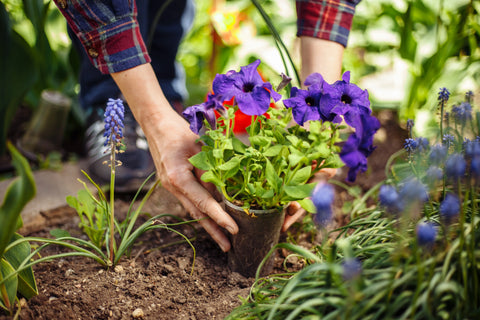The Ultimate Care Guide for Aglaonema Plants

Aglaonema plants, also known as Chinese Evergreens, are popular indoor plants cherished for their attractive foliage and low-maintenance nature. Here are some care tips for Aglaonema plants:
Light: Aglaonemas thrive in bright to medium indirect light. They can adapt to low light conditions, but their growth may slow down. Direct morning sunlight is generally suitable, but avoid harsh, intense sunlight.
Soil: Use well-draining soil with good moisture retention for Aglaonema plants. A mix of coco coir, perlite, and compost can create an ideal growing environment.
Watering: Allow the top two inches of soil to dry out before watering your Aglaonema. Overwatering can lead to root rot, so it's important to avoid soggy, un-drained soil. Water thoroughly when needed, but ensure the excess water drains away.
Fertilization: Feed your Aglaonema with a diluted houseplant fertilizer, typically at half strength, every four months or as needed. Avoid overfertilizing, as it can cause salt buildup in the soil.
Pruning: Remove any dead or yellowing leaves regularly to maintain the plant's aesthetics. Gently wipe the leaves with a moist cloth to keep them clean and free from dust.
Humidity: Aglaonemas can tolerate average household humidity levels, but they appreciate slightly higher humidity. You can mist the leaves occasionally or place a tray of water near the plant to increase humidity.
Temperature: Aglaonemas prefer temperatures between 65-85°F (18-29°C). They can tolerate slightly cooler temperatures, but avoid exposing them to cold drafts or extremely low temperatures.
Remember to monitor your plant's specific needs and adjust care accordingly based on its individual requirements. With proper care, Aglaonema plants can thrive and bring beauty to your indoor space.


